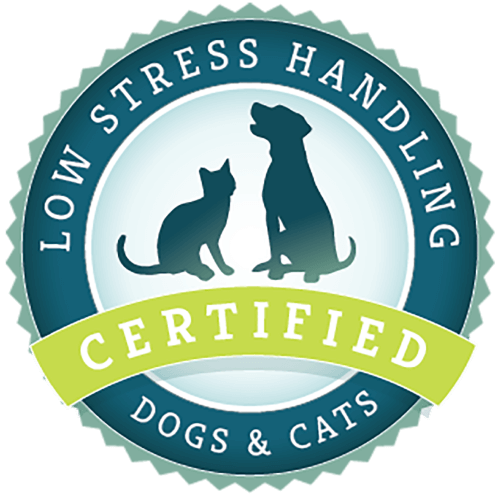What article are you looking for?
Category: I am a Veterinary Professional
How Technology from 30 Years Ago is Helping Military Dogs Perform Better Now
On a warm and slightly overcast morning in 1967, a rusty, mustard-colored station wagon slowly approached the terminal at San Francisco International Airport. Wheels still rolling, a door opened and something gray jumped out. As the wagon continued on its way, an animal headed toward the terminal. It was a cat. Straight five steps, then wait. The glass door opened and as a portly man in a business suit dragged his overnight bag through it, the cat darted in. Straight 10 paces and the cat was inside the terminal. It headed left 20 feet, then right 30 feet, then left
Becoming an Animal Behaviorist: The Most Influential People in My Career
While I don’t agree with everything Ray says, what Ray taught me is that we always should seek to view commonly held ideas in a new light. Questioning what we know, challenging what we have heard, and testing our ideas to see if they hold up is what makes animal behavior a science. don_owings Don Owings Probably few, if any, dog trainers know Don Owings (pictured to the right) because he’s a giant in another field of behavior—acoustic communication in animals. He was one of my mentors when I was earning my animal behavior Masters. What Don gave me was a sense of the
Wolf Hybrids: The Best of Both Worlds…or Not?
Wolf Hybrids In the classic novel, White Fang, Jack London tells the tale of an abused half wolf-half dog who finds safety and companionship in a kind, benevolent master. The wolf-dog returns the kindness with an unerring devotion and loyalty, even offering his life to protect his new-found savior from harm. For years, I thought about what it might be like to own a wolf-dog like White Fang. London’s hybrid between nature and the common dog proved one magnificent animal—smarter, stronger, and more loyal than any ordinary dog. He was a superdog, the ideal companion. In modern day, the wolf-dog
Can Dogs See Color? And How Do We Know?
Thursdays are always the worst day for little dogs to play fetch at my local park. That’s because mowing is Fridays and on Thursdays the grass is often over one-tennis ball tall. It was on one such Thursday after having to search for my dog’s ball for the third time, that I exclaimed, “It sure would be useful if, instead of being green, this tennis ball were blue and yellow. Then, Jonesy could more easily find it himself.” Well, a passing pet owner quickly corrected me. “That wouldn’t help. Dogs are color blind.” For a second I thought, Duh, that’s
How to Safely Transfer a Small Dog from Person-to-Person
Have you ever had a client walk in with their little land-shark of a Chihuahua or Toy Poodle in their arms and you needed to examine it or carry it and you know you won’t be able to get near it once the owner puts it on the table or floor? Or you have a little, bitey dog in a shelter, kennel, or hospital setting you are carrying—because somehow you’ve already made friends with him—and the safest way for you to get him to be handled or transported by someone else is by handing him off to them? In that
Why You Don’t Have an “Operant Dog”
As I watched the video my friend sent me, I saw a reactive dog, named Frankie, lying down in front of his human. The owner was trying to reward quiet, calm behavior while other dogs were far away. Frankie fidgets and keeps moving, gets up and then lies back down, but he’s focused on his owner much of the time. The problem? The owner’s timing of rewards is way too slow to effectively reward a calm down-stay. It’s like the owner is moving at the speed of The Lawrence Welk Show when the speed the dog wants is along the

Low Stress Handling® Silver-Level Certification
Individual Certification at this level demonstrates to clients and employers the individual’s dedicated interest in Low Stress Handling®. Hospital Certification at this level demonstrates to clients and staff the hospital’s commitment to appropriately training staff in Low Stress Handling® methods.
Learn More
